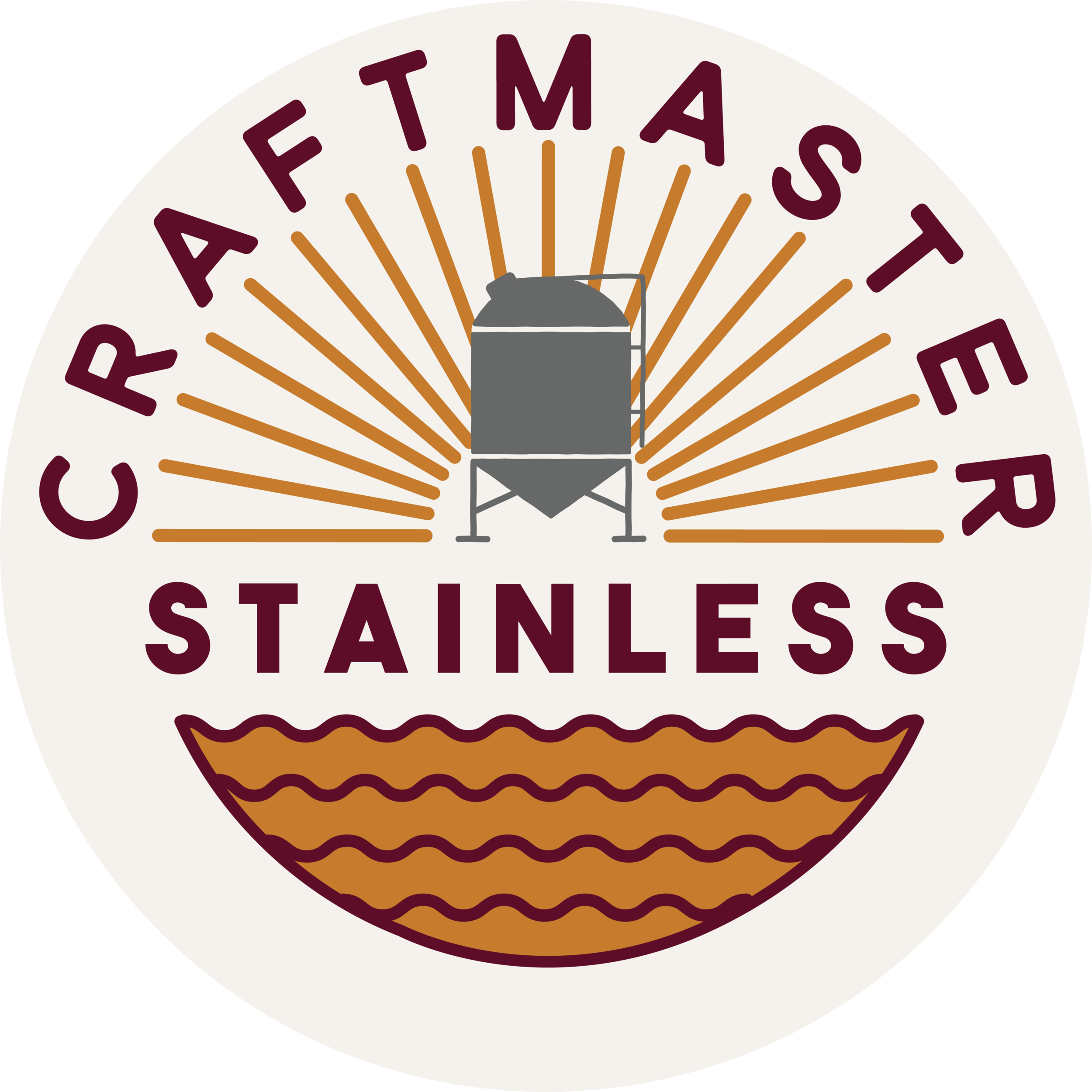Top vs. Bottom Fermentation: Here's How They Differ
The fermentation process is the step of brewing where patience is the highest virtue. However, it isn’t a completely passive step that requires no attention. Before you can really get started on making a new beer, it’s a good idea to decide what kind of beer you’re making by choosing a fermentation method. Top and bottom fermentation create wildly different final products, so it’s a good idea to know what you’re aiming for. Here’s how top and bottom fermentation differ and what you need to know about them.
Top Fermentation
One good aspect about these kinds of fermentation is that the names aren’t ambiguous. Top fermentation simply refers to a beer fermenting through yeast that accumulates and floats atop the liquid at the top of the tank. Top fermentation tends to be the faster method of fermentation, but still requires a minimum of a week or more to fully ferment. Top fermenting yeast needs to be kept at higher temperatures that bottom fermenting yeast, around 60 to 75 degrees Fahrenheit.
Originally, all beer was top fermented, and ales were the widespread variety created from this method. Top fermented beers usually get descriptors like “complex” or “full-flavored.” IPAs and stouts are other common types of beer produced through top fermenting.
Bottom Fermentation
There’s no secret meaning here; bottom fermentation involves the yeast in your tank slowly settling down at the bottom. The yeast particles take their time drifting down like snow, starting at the top and ending up packed together at the bottom. One major way that top and bottom fermentation differ is how long bottom fermentation takes. Bottom fermented beer needs more time to ferment, usually well over a month before it is finished. Bottom fermentation is done at lower temperatures, between 42 and 54 degrees Fahrenheit.
Bottom fermenting yeast is often called lager yeast, as that’s the most common type of beer that uses bottom fermentation. Bottom fermented lagers tend to be very crisp, with a cleaner taste.
What Kind of Fermentation Is Right for You?
While top fermenting might be the more common method of brewing, it might not get you the result you seek. Keep in mind the temperature requirements of each fermenting process and how you can sustain those temperatures.
Craftmaster Stainless offers high-quality jacketed unitanks for this exact purpose. Jacketed equipment makes it much easier to monitor, adjust, and sustain the desired temperature during fermentation.

